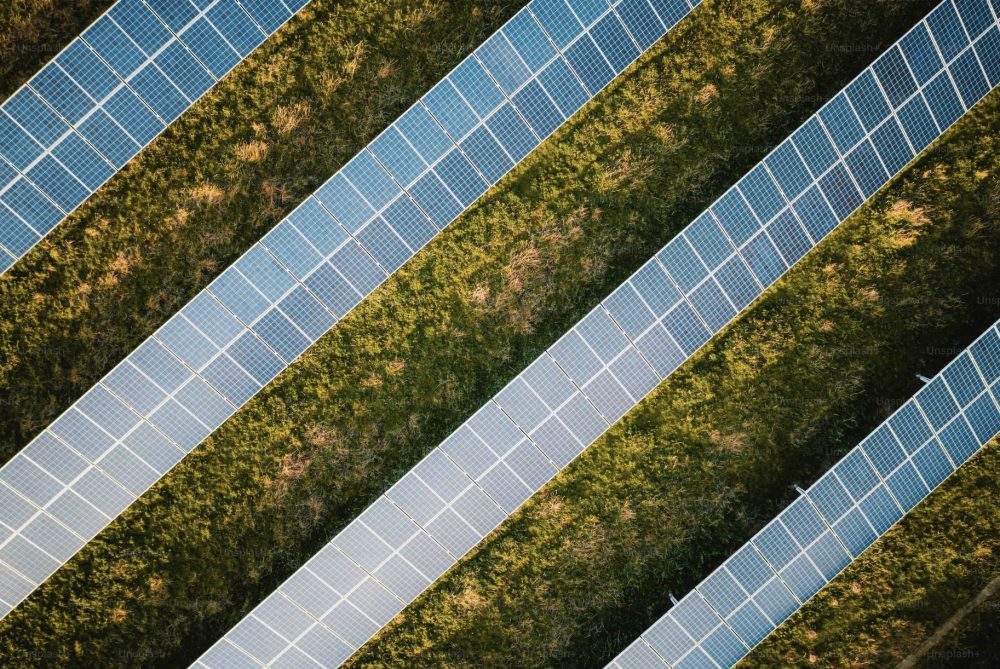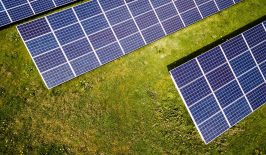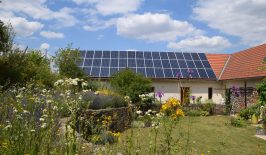In our effort to decarbonise the energy sector, solar energy stands out as a vital and virtually inexhaustible resource, offering a sustainable path toward greening our electricity grids and reducing harmful emissions.
However, the challenge lies in the unpredictability of solar energy supply due to its weather-dependent nature. Forecasting solar photovoltaic power production remains a formidable task, as cloud cover can lead to rapid fluctuations in power output. Lower output often necessitates the costly and environmentally damaging use of fossil fuel reserves to maintain grid stability.
The need for accurate short-term solar energy predictions has never been more pressing. Driven by data and with the help of new AI technologies, nowcasting allows a variety of stakeholders to make more informed decisions across the grid.
Solar nowcasting: Predicting irradiance in the very near future
Solar nowcasting is a method used to predict and forecast short-term variations in solar energy generation. It involves the use of large data sets as well as statistical or machine learning techniques to provide information about how much solar energy will be available in the immediate future, typically within the next few hours.
Solar nowcasting is important for optimising the integration of solar energy into the electrical grid and for managing energy supply and demand. It can help grid operators and energy providers make informed decisions about when to deploy backup energy sources, when to store excess solar energy, and when to encourage energy conservation.
By providing precise, real-time information on solar energy availability, solar nowcasting helps ensure the stability and reliability of renewable energy sources like solar power in the overall energy grid.
Open Climate Fix: Pioneering solar nowcasting solutions
Open Climate Fix, based in London, is one company exploring new possibilities in solar nowcasting. “Traditional solar energy forecasts do not make use of satellite data and normally use very simple statistical models”, explains Program & Partnerships Manager Kasia Krasucka. “We use huge volumes of data, including terabytes of satellite data and real-time readings from thousands of photovoltaic systems.” Data inputs encompass a range of sources, including satellite cloud imagery, numerical weather predictions, vertical cloud profiles, and geographical data.
All of this data is used to develop machine learning models to enhance solar PV forecasting. Over the next year or two, the company will focus on refining its models and forecasting sunlight for short-term intervals. A current prototype is already deployed in the UK’s National Grid control room and has been validated by key players in the energy market. Recently expanded efforts to create hyper-local solar forecasts have made it possible to predict solar energy generation at individual solar farms and installations.
Looking ahead to 2023 and beyond, Open Climate Fix will continuously enhance its forecasts in collaboration with the National Grid, with a focus on cost and carbon impact measurement. All efforts will be aided by contributions from the open-source community.
Establishing open energy standards for seamless data sharing
Additionally, Open Climate Fix’s is committed to establishing open energy data standards. Not only is this vital for supporting the company’s solar nowcasting efforts, but also for advancing a more efficient and stable energy grid. Decarbonising the grid is a formidable task, and the diverse, complex nature of distributed systems poses communication challenges.
Open data standards break down these barriers, enabling innovators to participate and collectively work toward decarbonisation. These standards ensure data security, privacy, and legal protection while providing a common language for energy asset descriptions, access protocols, and addressing non-technical issues. By simplifying implementation and focusing on immediate needs, open standards hold the potential to transform various aspects of the energy ecosystem, from network management to policy and more.
The key is to keep the implementation simple and focused on immediate needs, making it as user-friendly as possible while significantly improving the system in which it operates.
“Two main reasons why we release our code openly is because we care about transparency and we want to encourage open collaboration on a global scale,” Krasucka says. In India, for example, Open Climate Fix is currently working with local researchers and engineers to improve their code and optimise it for local deployment.
In a world where supply must precisely match demand in the energy grid, Open Climate Fix’s innovative approach to solar nowcasting brings us closer to a future where renewable energy is not only reliable but also more accessible for homes and businesses. The company’s commitment to open standards and solar panel mapping represents a significant step toward a sustainable energy ecosystem, where precision meets progress.








